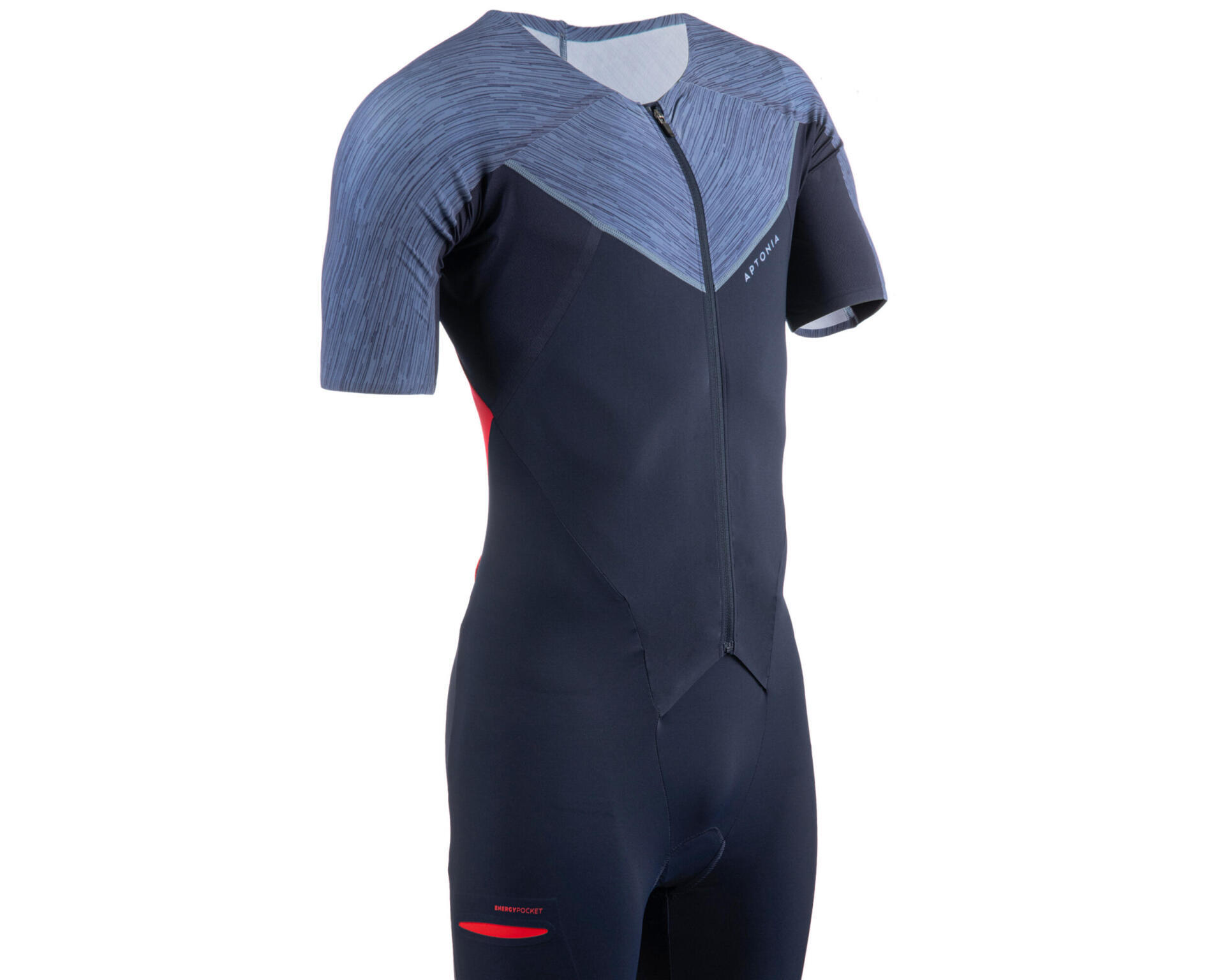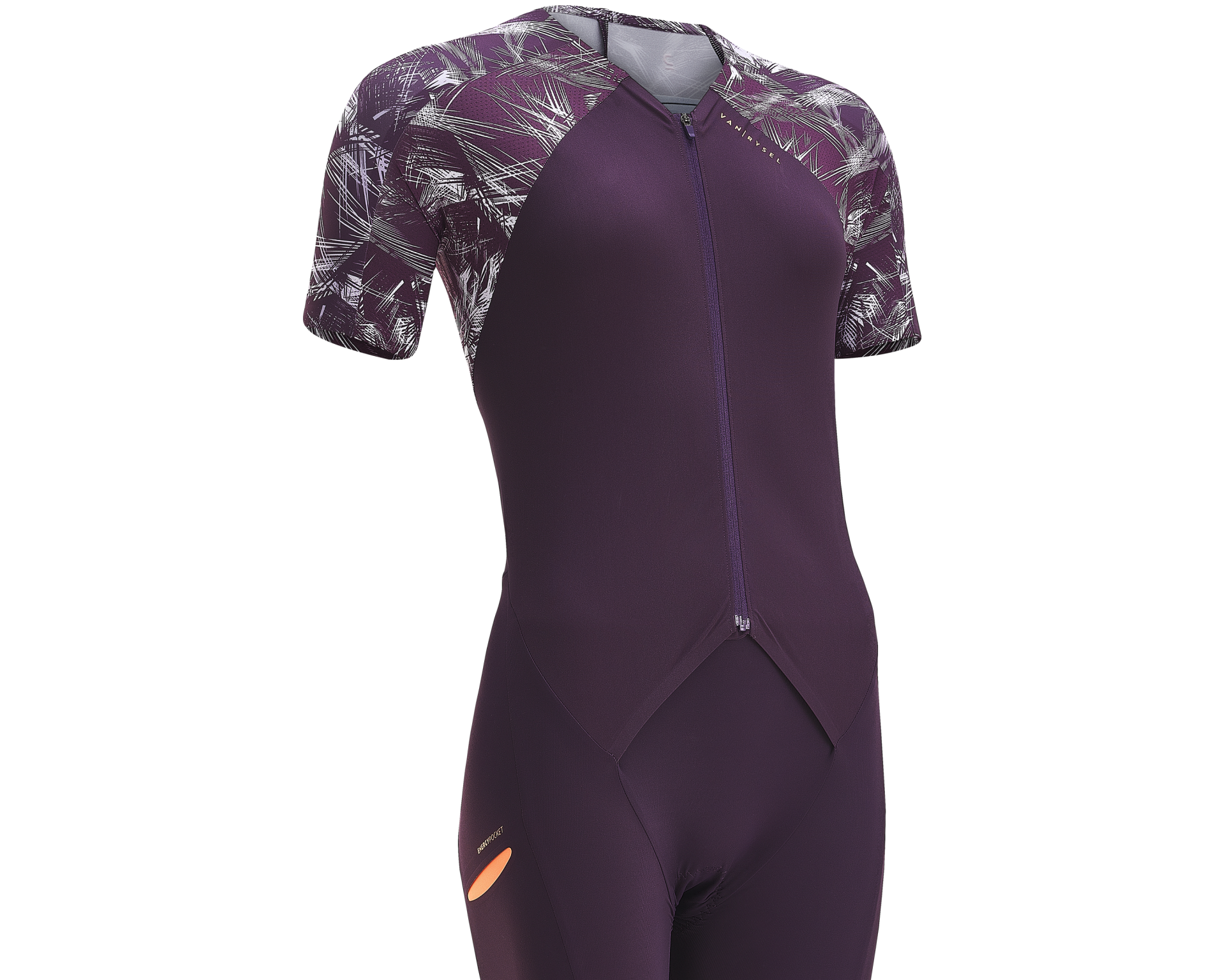So, how do i choose which triathlon distance to compete in?
#1: What is your fitness level?
If you are just starting out in triathlon, you should focus on 1 or 2 key objectives this year.
Start by setting your benchmarks, training in each of the three sports, and get ready for your first race.
Intermediate triathletes will be more used to sequencing training sessions and races. Your body can absorb a higher training volume.
You can therefore focus on 2 or 3 objectives over the course of the year and punctuate your preparation with shorter preparatory races. For example, one or two shorter triathlons, duathlons, trail runs, road races, cyclosportives or swim and runs to provide some variety.
Everyone has a different capacity for races depending on their physical abilities and experience so far. I recommend planning one or two duathlons at the start of the season.
This will give you objectives for working on your speed. At the same time, you can also take part in a few runs or swim and runs.
#2: How much time can you commit to training for a triathlon?
If you are intending to compete in a triathlon, such as the half-ironman or ironman, you will need to have longer and more numerous training sessions.
Obviously, a high-level triathlete specialising in short formats deals with large training volumes but in general, the longer the distance, the more time you need for preparation.
You should therefore take all factors into account when deciding which triathlon to participate in as you need plenty of time for training.
#3: What race format should you choose?
Your fitness level determines the race format you should sign up for.
Beginner athletes will prefer short races such as the sprint triathlon. More advanced athletes, or athletes accustomed to longer exercise periods, can sign up for the standard Olympic triathlon. And finally, intermediate triathletes can opt for the half-ironman or ironman triathlons.
#4: What are your motivations?
You have to develop your training schedule in consideration of your short, medium and long-term motivations.
Let's imagine that you were thinking of doing a half-ironman or ironman in two years' time, you would have to organise the next two years accordingly and develop a schedule with a two-year objective.
However, if your motivation is to complete your first triathlon, you would set your objective after a few months of practice to prepare yourself and meet this challenge!
#5: Are you going solo or in a group?
Triathlon is an individual sport but it's better signing up in a group!
On the day of the race, you are fighting your own battle, but taking part in a race with friends or teammates is important for several reasons.
Firstly, there's the race preparation. It's easier to find training companions if several of you are preparing at the same time.
Also, organising trips will be easier and more fun. Some trips can be long and it's also a good chance to share a few days of holiday with friends.
Finally, sharing experiences after a race can be an important moment for race participants.




